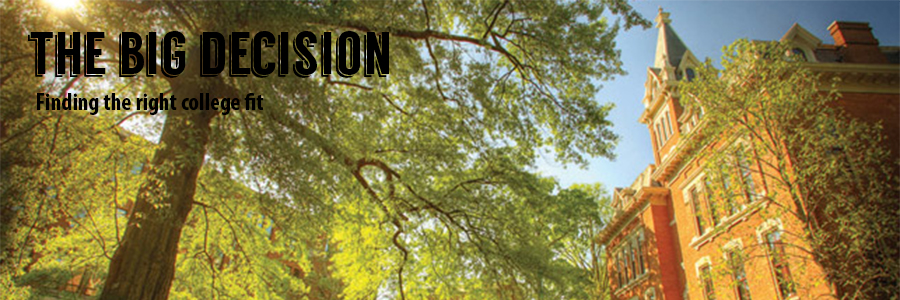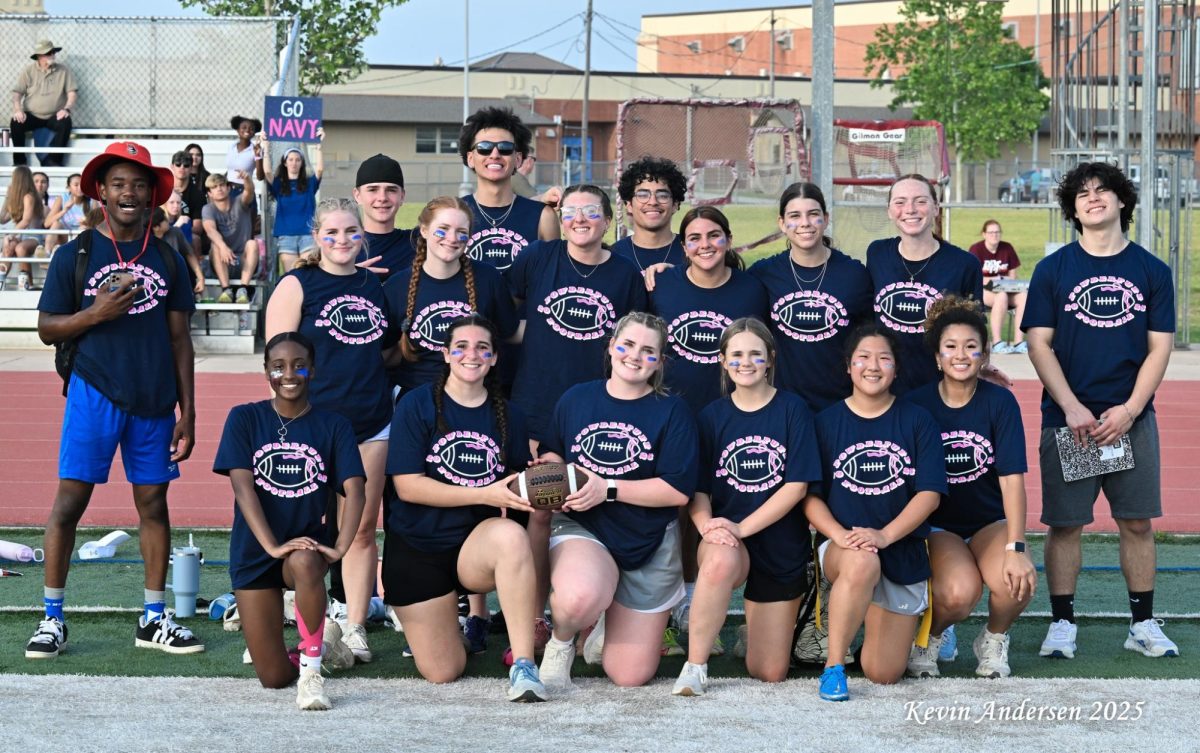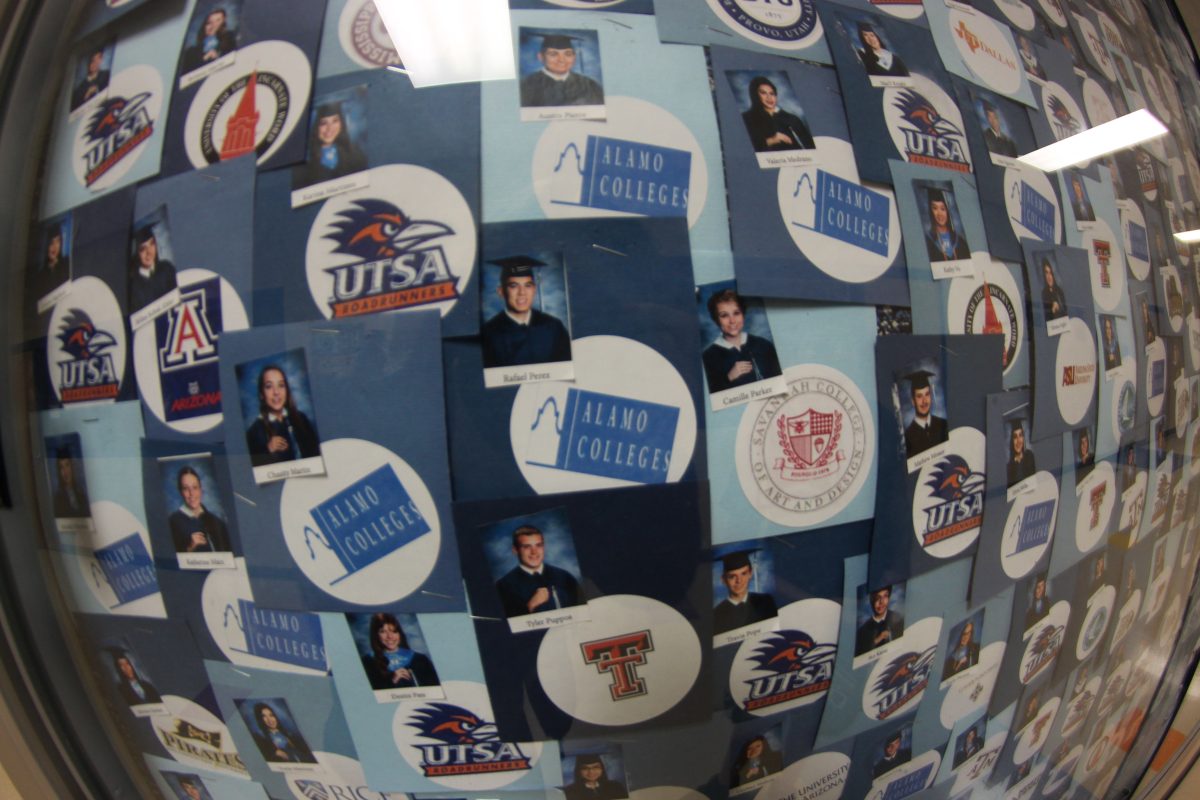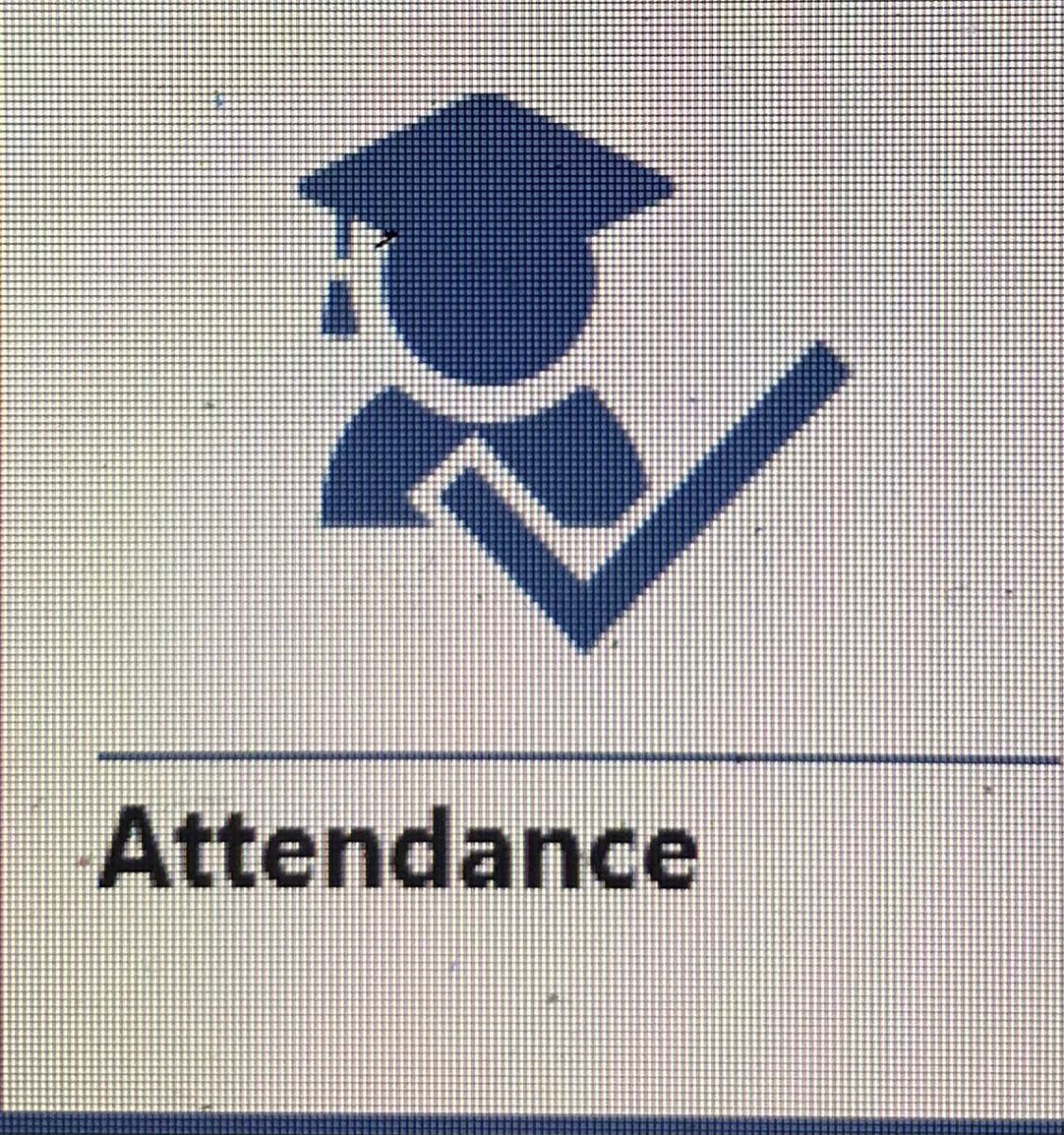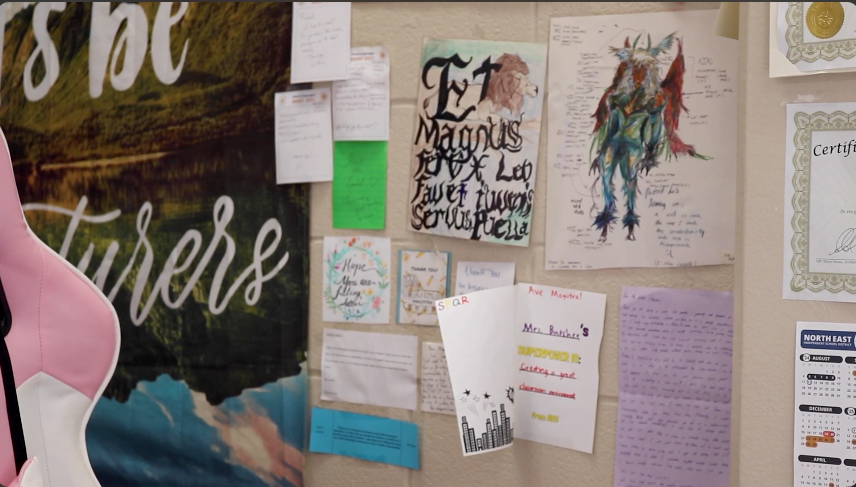by Caitlin Glenn | Staff Writer
As the second semester begins, seniors across the campus face one of the most daunting tasks of their high school career: leaving. Time to apply for colleges and make final decisions is running out, and with just a few short months remaining many seniors can use all the advice they can get when it comes to choosing which college to attend.
“It’s easy to get overwhelmed by just how much deciding where you spend the next four years will affect your life,” senior Briana Chavez said.
Before students can reach a final decision, however, they must find the options that their decision will come down to. In this area, school counselors and their expertise prove invaluable.
“Freshman and sophomore year we’re encouraging them to start looking at places they might be interested in, and then in the junior year we ask them to start narrowing down their search,” says school counselor Rebecca Hudkins. “At the beginning of the senior year, we encourage students who haven’t chosen any schools to start to select them, and then we walk them through the application process and how to complete their forms.”

“Most schools require an application, transcript records, either SAT or ACT scores, and then sometimes essays or other additional documents,” says Hudkins. “And so what we do is we encourage kids to get as much of that done in the early part of their senior year so that they can meet their deadlines because most college have November or December deadlines.”
Writing and submitting applications can be a tedious and exhausting process, but the hardest part comes when letters of acceptance and rejection come in and the student must choose which school they’ll be spending the next four years of their life.
“Very often the choice is very clear and kids just know, like ‘this is my dream school and this is where I’m going,'” says Sheila Richards, senior English teacher and English Dean. “But often a student will get accepted at several places and it will be two or three schools that he or she is really interested, and then the big question is ‘how do I choose?’ That decision involves lot’s of angst, like ‘what if I make the wrong choice?'”
The solution? College visits.
“I always tell students to visit, if you can, because I think actually being on campus can really give you a feel for what it’s like there,” says Richards. “Actually going to a campus can really make a difference in where you want to go,” Hudkins said. “That can be the deciding factor when all the financial and other aspects of what the school is offering. It’s important that the feel and the fit of the campus is right for the student.”
Other factors come into play as well, such as financial aid and schools that offer similar programs.
“The ones that struggle a little bit more are the kids that wanted a specific university but maybe didn’t get accepted or got waitlisted and are trying to decide what to do,” Hudkins said. Fortunately, the national decision date isn’t until May 1st, so students at least have some to think about their final decision.
“It’s reassuring to know that these years of preparation (at Johnson) have given me so many options to choose from,” Chavez said.
For students worrying that they will make the wrong choice, hope can be found in the experience of Mrs. Richards.
“When I talk to kids who didn’t get into the school they wanted or had to make a difficult choice, it is rare that I hear anything from a student other than’ I love where I am, I’m so excited, I love my school and I’m so glad I chose it because it’s the perfect fit for me.’ Once you make the choice it’s probably the right choice, and you should just be comfortable with it and enjoy it and go.”


